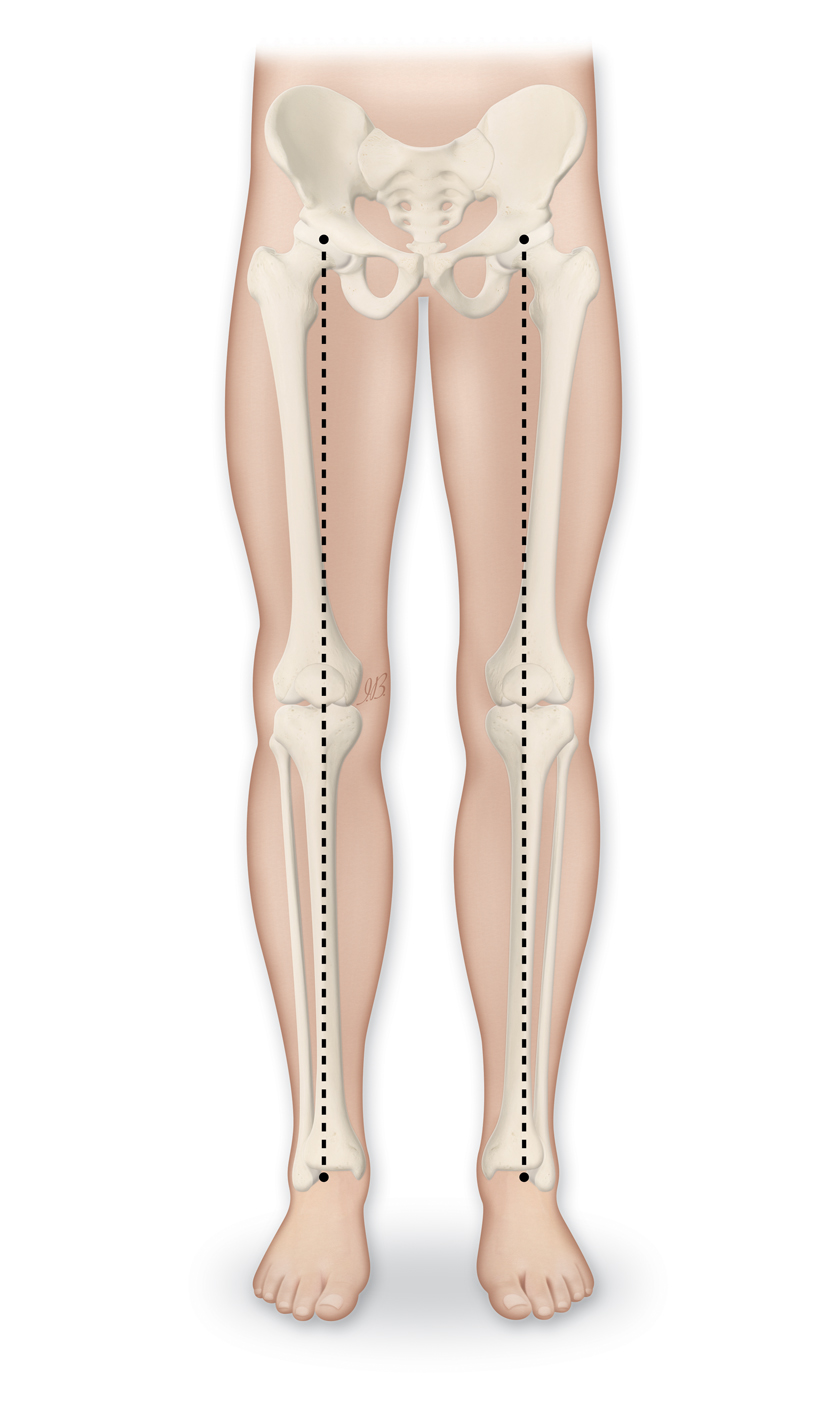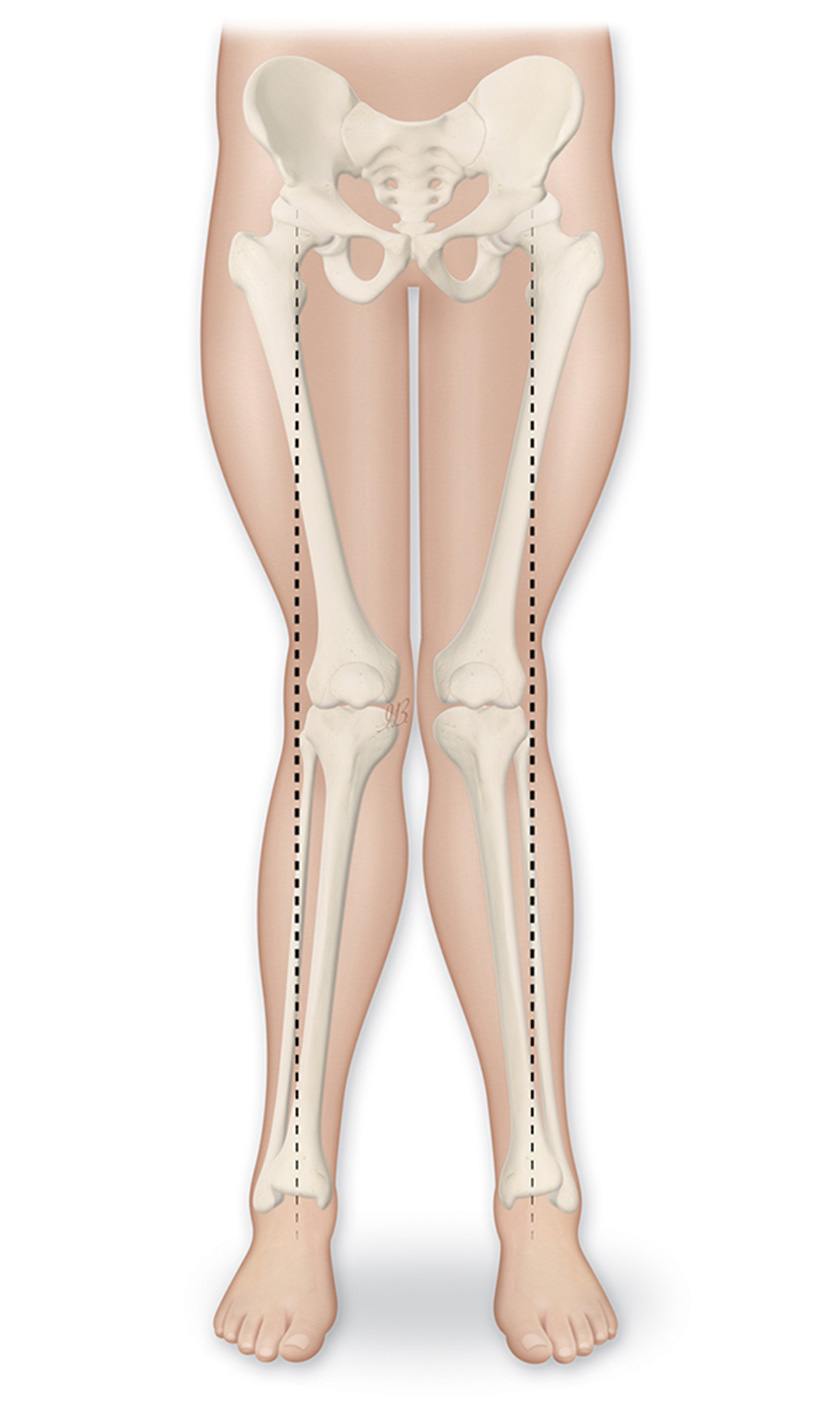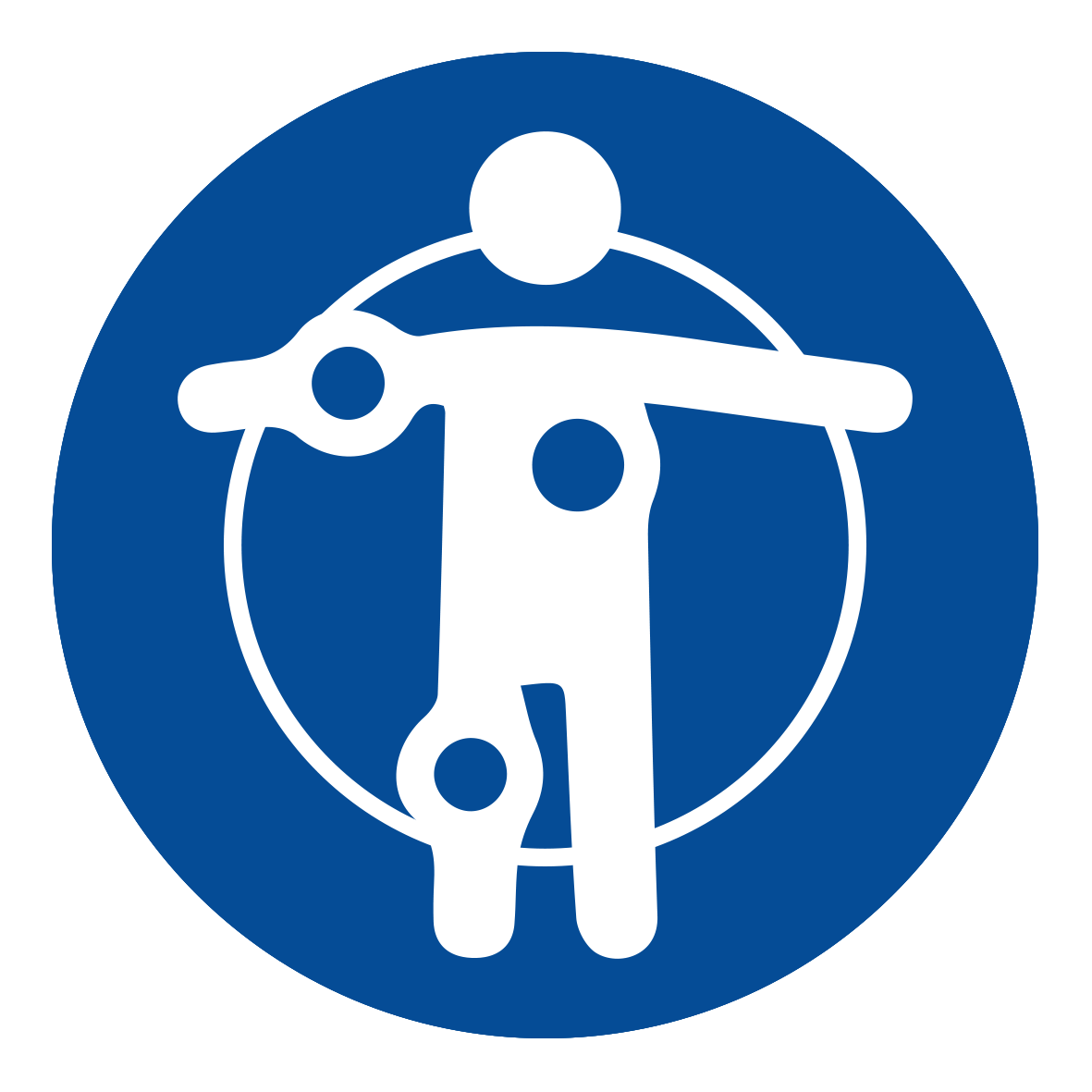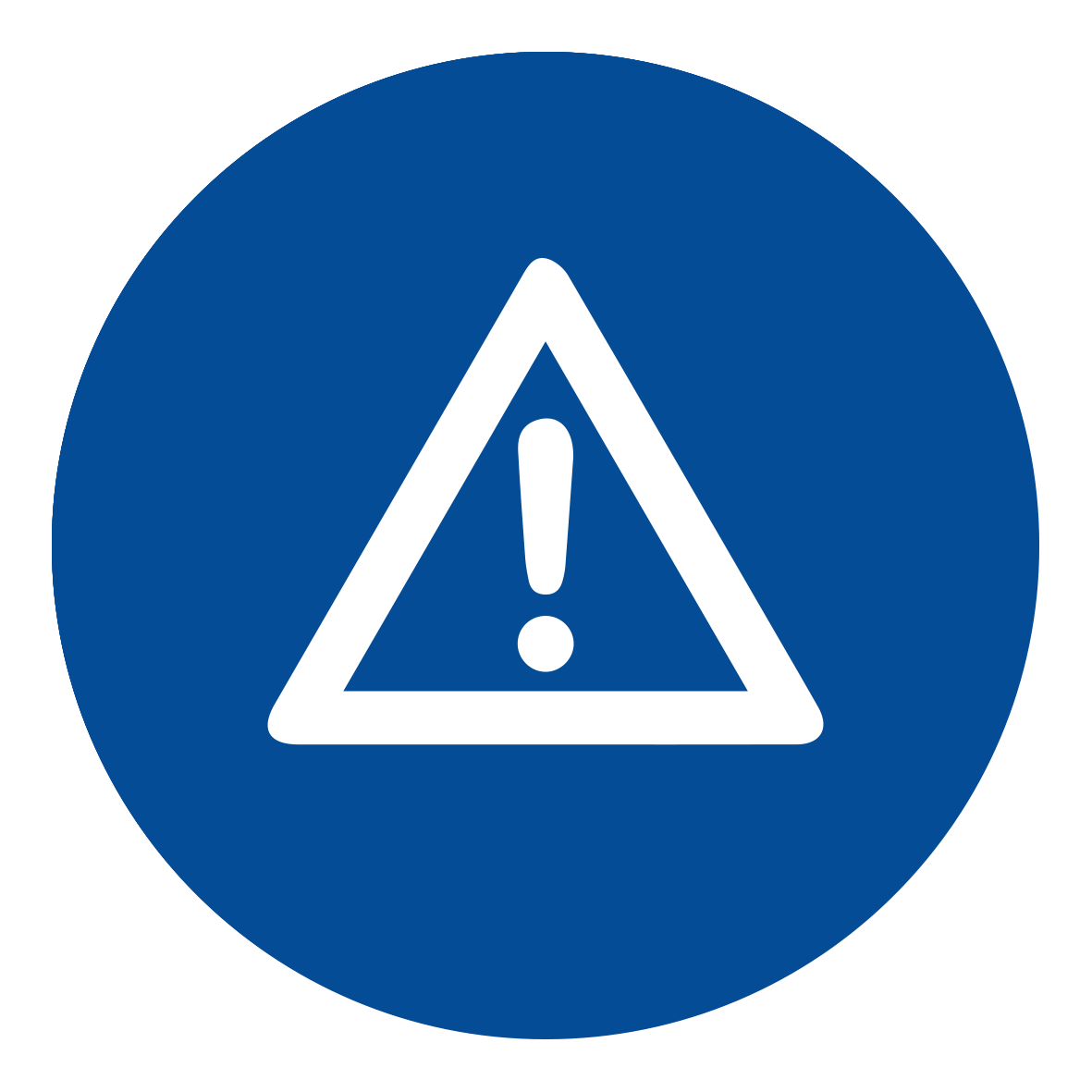Home / Limb Deformities / Genu Valgum
Genu valgum, also known as knock-knees, may be a passing trait in children. When knock-knees are severe, there can be strain on the knee, which results in pain.


Important safety information: Download the Product Instructions For Use.
The Guided Growth System eight-Plate and quad-Plate is an implant system designed to correct pediatric deformities (congenital or acquired) in lower limb, like genu valgum and varum, and limb length discrepancies. The plates are attached to the external surface of the bone over the growth plate by two or four screws depending on the plate selected by the surgeon. The implant acts like a flexible hinge, permitting growth at the growth plate to gradually straighten the limb when the physis (growth plates) are not fused. The screws are not locked to the plate but rather are allowed to swivel and diverge in their positions as the bone grows. Immediately after implantation, the patient is allowed mobility and weight bearing.
Important safety information: Download the Product Instructions For Use.
The eight-Plate Guided Growth System+™ is an implant system designed to correct pediatric deformities (congenital or acquired) in lower limb, like genu valgum and varum, and limb length discrepancies. The plates are attached to the external surface of the bone over the growth plate by two or four screws depending on the plate selected by the surgeon. The implant acts like a flexible hinge, permitting growth at the growth plate to gradually straighten the limb when the physis (growth plates) are not fused. The screws are not locked to the plate but rather are allowed to swivel and diverge in their positions as the bone grows. Immediately after implantation, the patient is allowed mobility and weight bearing. The eight-Plate Guided Growth System+ offers more sizes and different screw types compared to the standard eight-Plate Guided Growth System, as well as an increased screw angle to treat very difficult cases.
Important safety information: Download the Product Instructions For Use.
TL-HEX is a dynamic, 3D external fixation system that combines hardware and software to correct bone deformities. This hexapod-based system functions as a 3D bone segment-repositioning module. In essence, the system consists of circular and semi-circular external supports secured to the bones by wires and half-pins, interconnected by six struts.
Important safety information: Download the Product Instructions For Use.
The Ilizarov System has experienced many modifications over the last fifty years. The TrueLok™ Ring Fixation System, developed at Texas Scottish Rite Hospital for Children (TSRHC) in Dallas, Texas, is one of the modern variants of the original fixator, but preserves many of the original principles of Professor Ilizarov. It consists of aluminum rings available in different sizes, connected to the bone through metal wires or/and bone screws. The relative movements of the rings allow the correction of almost all the bone deformities in upper and lower limbs and in the foot.

Genu valgum can be passed down through genes or it can happen because of injury, infection or a problem with metabolism that has affected the bones.

When standing, a child’s knees will touch or be closer together than the ankles, pushing the ankles further apart. Knock-knees can cause pain, discomfort and a limp.

An orthopedic specialist will look at the legs to see if the angle is not in a normal range. An X-ray of the knee may be needed to confirm the severity of knock-knees.

This deformity can sometimes be managed with noninvasive methods, such as limits on activity, braces, exercise programs, physical therapy and nonsteroidal anti-inflammatory drugs like ibuprofen.1 When these methods don’t work, surgery may be needed. Osteotomy (the surgical cutting or removal of a piece of bone) and correction with external fixation is a useful way to support and straighten the limb in the management of genu valgum.1 Guided growth may be a good treatment in some cases.

If untreated, the symptoms can worsen, causing pain, problems with movement and even arthritis.